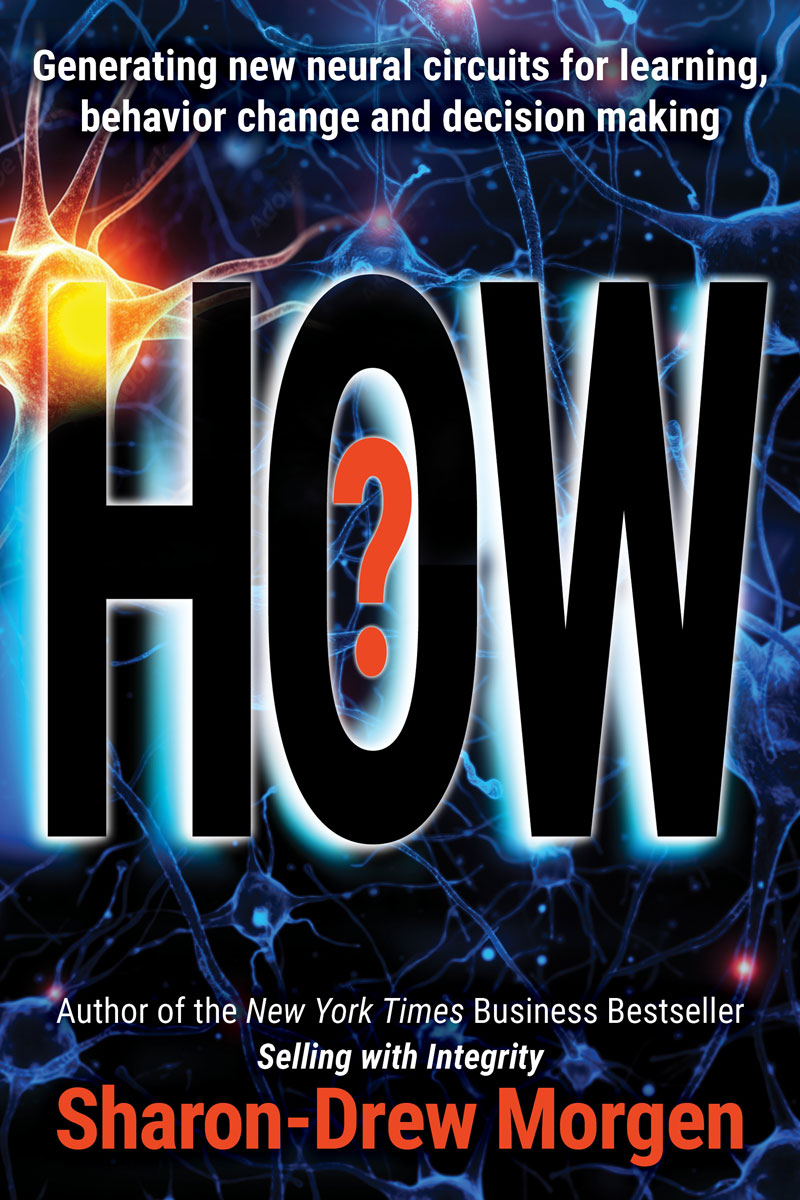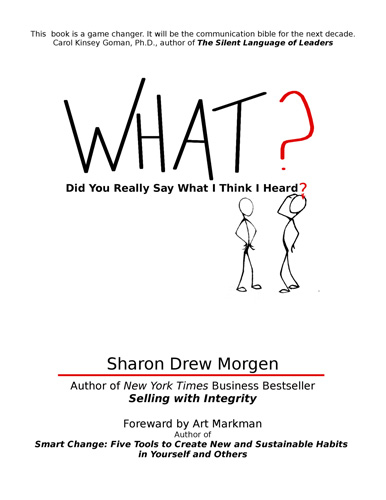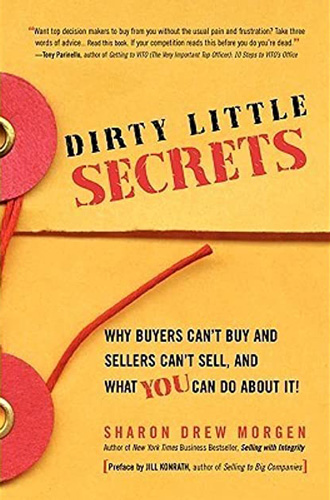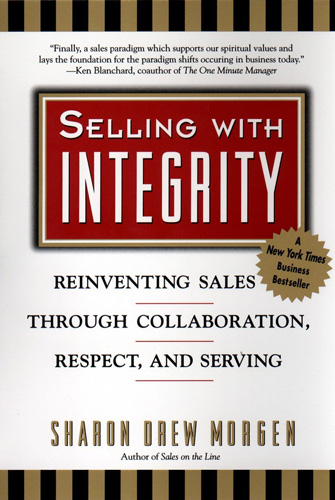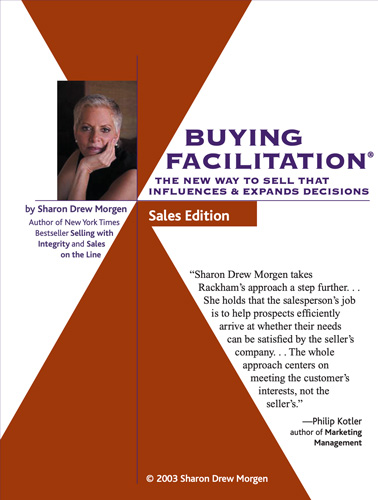This is Part 2 of an essay on curiosity. Part 1 published 10/20 discusses how we’re set up to only notice what we’ve noticed before, obviously restricting our curiosity.
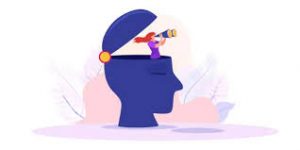
WHY ARE WE CURIOUS?
There are several different reasons for curiosity. I’ve included questions under each category to help you consider each:
- Need to know something we don’t know. Sometimes we need to know something we have no, or skimpy, knowledge about. How do we know the difference between the ‘right’ or the ‘wrong’ answer? How do we know the most effective resources? How do we pose our query to lead to the broadest range of answers? How do we know that what our brain translates for us is an accurate rendition of new content?
- Desire to expand current knowledge. We need more data than we possess. How will we recognize when the available, additional data is the appropriate data set? How do we pose an inquiry that offers the broadest range of relevant knowledge? How can we keep from resisting new data if it runs counter to our long-held beliefs (given that new data gets compared against our existing, unconscious judgments)? How can we be certain that we will accurately understand new content?
- Achieving a goal. We’re missing data to achieve a goal. How can we know the extent of what we’re missing, or know to accept new content if our existing data has been our go-to knowledge and it now might be incomplete?
- Interest in another person’s knowledge. We suspect someone has knowledge we need, but don’t know how to judge what might be accurate. How can we adopt/adapt new content so we can avoid internal resistance, so we ensure what we think we’ve heard is an accurate portrayal of what was said? How can we language our inquiry to avoid limiting any possibilities?
- Complete internal reference points. Influencers (coaches, leaders, consultants, sellers) seek to understand the Other’s Status Quo to formulate action points. How can we know if our ‘intuition’ (biased judgment) is broad enough to encompass all possibilities – and be able to go beyond it when necessary – to match the Other’s mental models and existing/historic brain circuits? How can we know for certain that what was said to them was understood accurately?
- Comparator. We want to know if our current knowledge is accurate, or we’re ‘right’. But we unconsciously compare our query and hear responses against our subjective experiences, running the risk of acquiring partial knowledge, misunderstanding what was said, or blocking important data.
Unfortunately, it’s pretty impossible to seek, find, or receive what we don’t know what we don’t know. When we hear content that doesn’t fit our existing circuitry – regardless of the efficacy of the information – we face:
- Resistance: By the time we’re adults, our subjective beliefs are pretty much built in and determine how we organize our worlds. When we hear something that goes against our beliefs – whether or not it’s accurate, conscious, or unconscious – we resist. That means new knowledge will be accepted in relation to what we already know and believe, potentially omitting important data and making real change difficult.
- Restricting data: What we’re curious about is automatically biased, mistranslated, and limited by our subjective experience, ego needs, history, and current data set. We have no way to know if we accurately understand what’s been said, or if we’re posing our search query in a way that will include the full range of possible answers.
- Restricting knowledge. Because our subjectivity limits the acceptance of new knowledge to what fits with our current knowledge (we’re only curious about stuff that is tangential to current knowledge), our brains automatically defend against anything that threatens what we know. So we unconsciously choose answers according to comfort or habit rather than according to accuracy or need.
- Intuitive ‘Red Flag’. When our egos and professional identity are curious about something we have assumptions and expectations about, we limit possibility by our unconscious biases. How do we know if there aren’t a broader range of solutions that we’re not noticing or eliciting?
If you’re interested in learning how to consciously generate wholly new circuits to permanently change habits and behaviors I’ve developed a How of Change™ program. Here’s a one-hour sample video.
HOW TO EXPAND YOUR CURIOSITY
In order to broaden our curiosity and allow our unconscious to accept the full data set available, we must evolve beyond our biases. Here’s how to have a full range of choice:
- Frame the query: Create a generic series of questions to pose for yourself about your curiosity. Ask yourself:
-
- how you’ll know your tolerance for non-expected, surprising answers,
- what a full range of knowledge could include,
- if your answers need to be within the range of what you already know or something wildly different,
- if you’re willing/able to put aside your ‘intuition’, bias, and annoyance and seek and consider all possible answers regardless of comfort,
- if you need to stay within a specific set of criteria and what the consequences are if you don’t.
2. Frame the parameters: Do some Google research. Before spending time accumulating data, recognize the parameters of possibility whether or not they match your comfortable criteria.
3. Recognize your foundational beliefs: Understand what you believe to be true, and consider how important it is for you to maintain that data set regardless of potentially conflicting, new information.
4. Be willing to change: Understand your willingness to adopt challenging data if it doesn’t fit within your current data set or beliefs.
5. Make your unconscious conscious: Put your conscious mind onto the ceiling and look down on yourself from the Observer/Witness/meta position. This provides neutral data, sams your biases and resistence.
6. Listen analytically: Listen to your self-talk. Compare it with the questions above. Note restrictions and decide if they can be overlooked. And recognizing your brain may play tricks on you, be sure to ask if what you think you heard and learned is accurate.
7. Analyze: Should you shift your parameters? Search options? What do you need to shift internally?
Curiosity effects every element of our lives. It can enhance, or restrict, growth, change, and professional skills. It limits and expands health, relationships, lifestyles and relationships. Without challenging our curiosity or intuition, we limit ourselves to maintaining our current assumptions.
What do you need to believe differently to be willing to forego comfort and ego-identity for the pursuit of the broadest range of possible answers? How will you know when, specifically, it would be important to have greater choice? We’ll never have all the answers, but we certainly can expand our choices.
If you’d like some coaching on how to use your conscious mind to get into your unconscious neural circuits, I’d love to help. sharondrew@sharondrewmorgen.com
_______________
Sharon-Drew Morgen is a breakthrough innovator and original thinker, having developed new paradigms in sales (inventor Buying Facilitation®, listening/communication (What? Did you really say what I think I heard?), change management (The How of Change™), coaching, and leadership. She is the author of several books, including her new book HOW? Generating new neural circuits for learning, behavior change and decision making, the NYTimes Business Bestseller Selling with Integrity and Dirty Little Secrets: why buyers can’t buy and sellers can’t sell). Sharon-Drew coaches and consults with companies seeking out of the box remedies for congruent, servant-leader-based change in leadership, healthcare, and sales. Her award-winning blog carries original articles with new thinking, weekly. www.sharon-drew.com, https://sharondrew1.substack.com/, and https://medium.com/@sharondrew_9898/. She can be reached at sharondrew@sharondrewmorgen.com.
